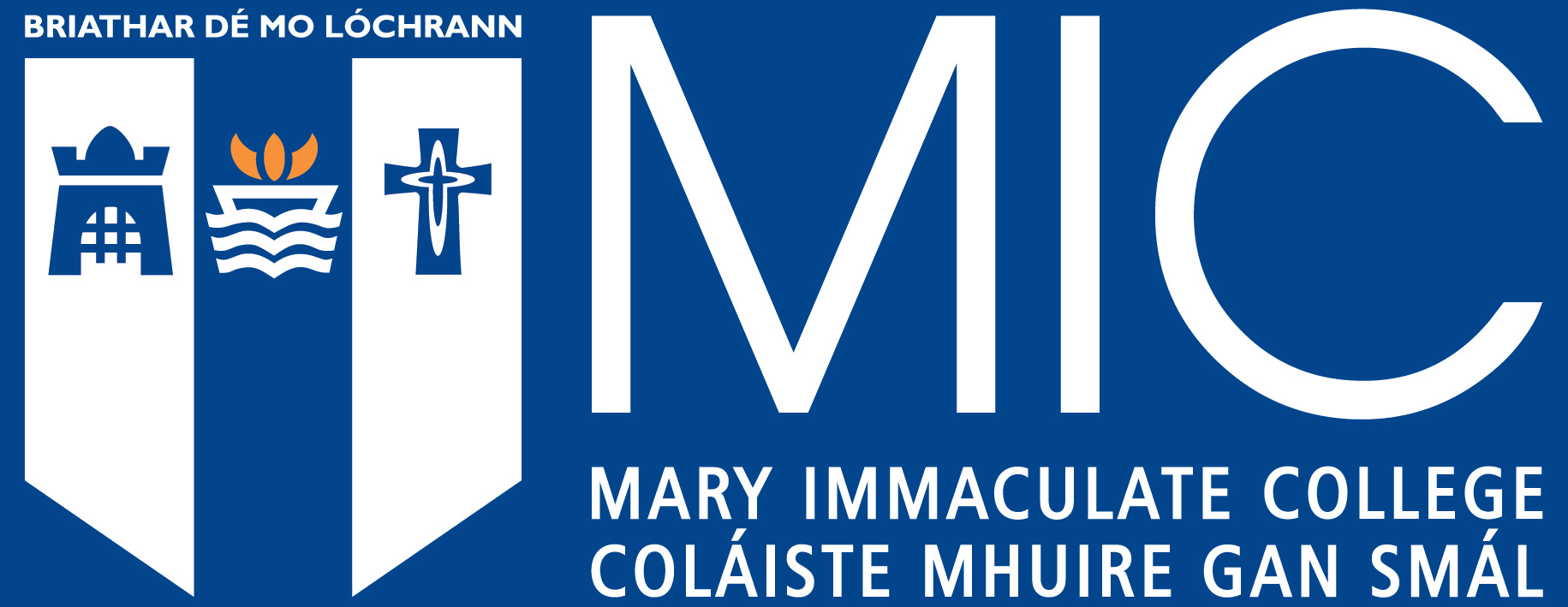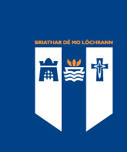How does the left hand know what the right hand is doing?: An investigation of the mechanisms underpinning the intermanual transfer of acquired skilled hand movement as postulated by the Proficiency, Callosal Access and Cross Activation Models.
Abstract
This thesis proposes that the data conflicts observed in studies of three models of intermanual transfer (the Proficiency Model (Laszlo, Baguley, & Bairstow, 1970), the Callosal Access Model (Taylor & Heilman, 1980) and the Cross Activation Model (Parlow & Kinsbourne, 1989) may be due in part to methodological artefacts such as the nature of the hand skill (task) and types of task-related feedback rather than conceptual or process differences between the models. An in-depth analysis of classical and contemporary research on intermanual transfer of hand skills underpinned the design of the three experimental studies reported in this thesis. The aim of this research was to investigate the role of task type and feedback conditions in intermanual transfer, and to provide evidence that might lead to the refutation of at least one of the three models.
The first study addressed some of the methodological differences in the original studies, in particular, the role of task type (simple/complex motor tasks) and feedback (knowledge of results (KR), visual, auditory) on direction and strength of transfer of hand skills. The second study examined the effect of terminal KR on right hand skill acquisition and includes a more in-depth analysis of the nature of intermanual transfer (motor and spatial representation). The impact of task presentation (overt/covert) on acquisition and transfer of hand skills (motor and spatial representation) was examined in the final study.
The data from these studies support the idea that task type and feedback interact to influence acquisition and transfer of hand skills and thus task type and feedback may have contributed to the conflicts in the observations of earlier researchers. The results provide partial support for the Proficiency Model, in particular, the concept of the standard (STD) which it is proposed is used to indicate to the person the accuracy of their response. The STD comprises both intrinsic and extrinsic feedback. Greater right hand transfer gains (motor representation) following left hand training provides partial support for the Callosal Access Model. The results from the three studies did not provide support for the Cross Activation model.
Keywords
Motor controlMotor learning
Feedback mechanisms
Hand skills


